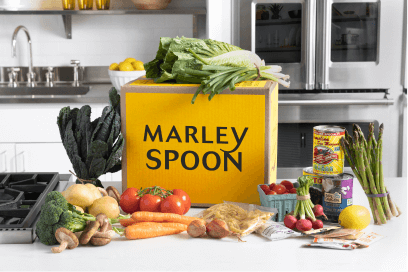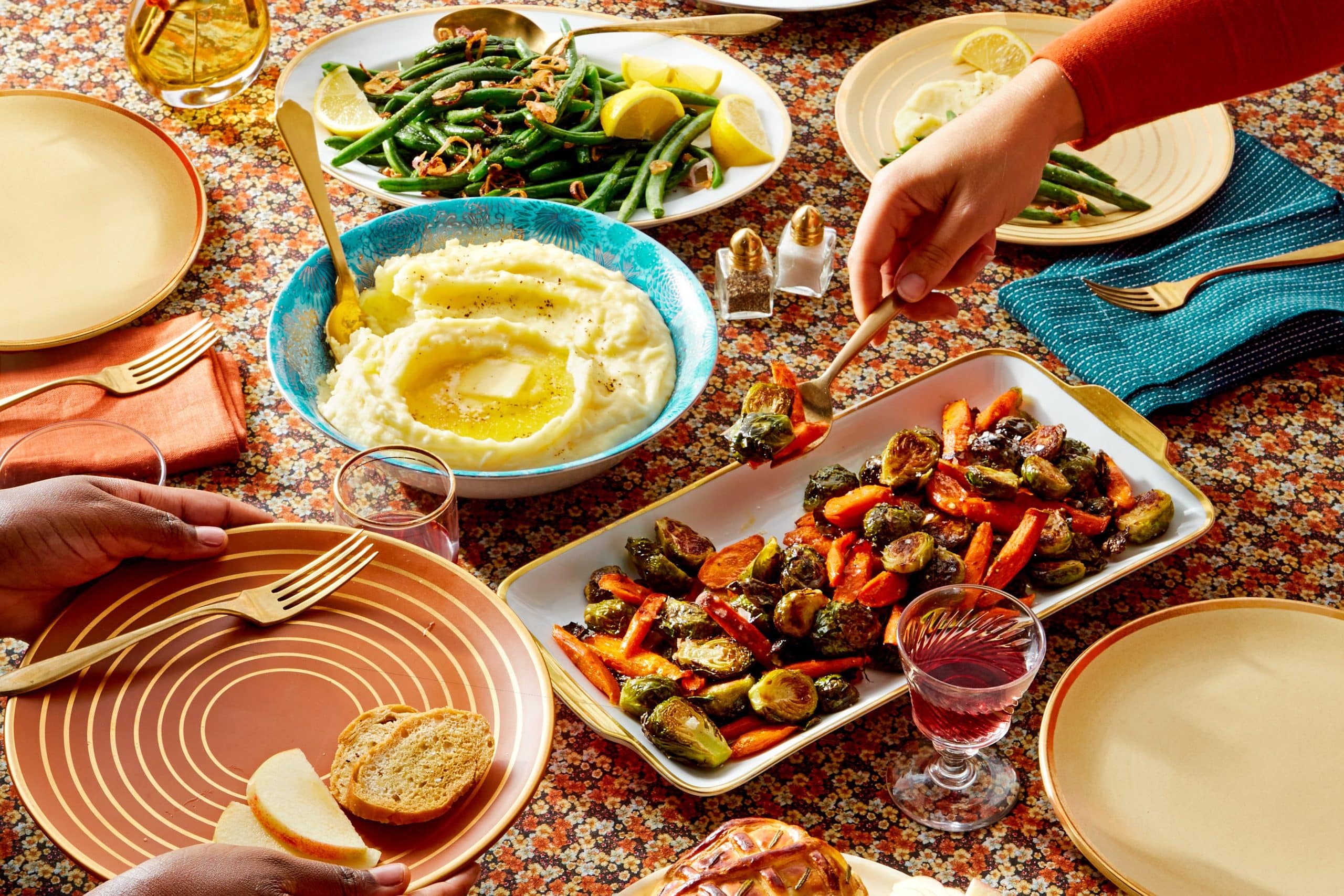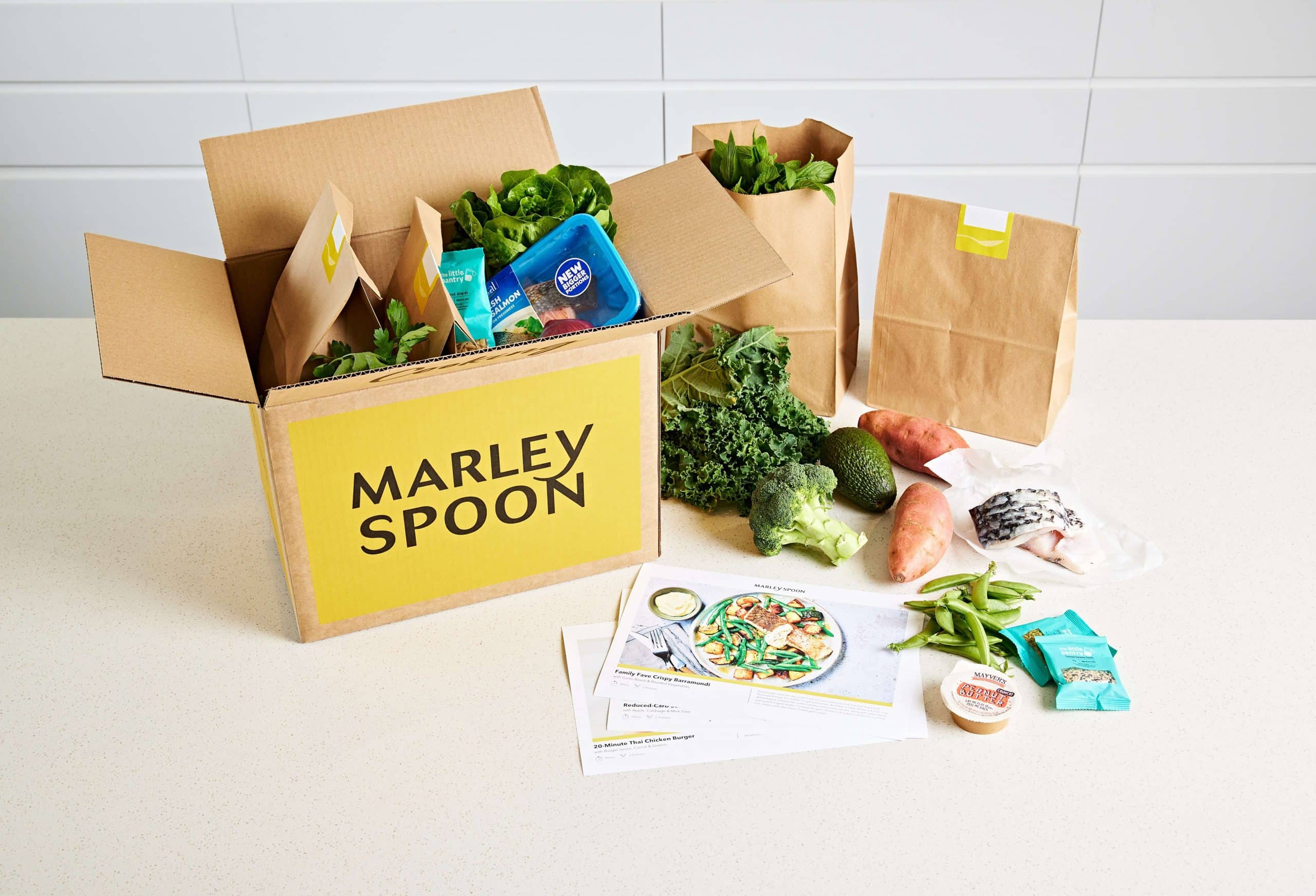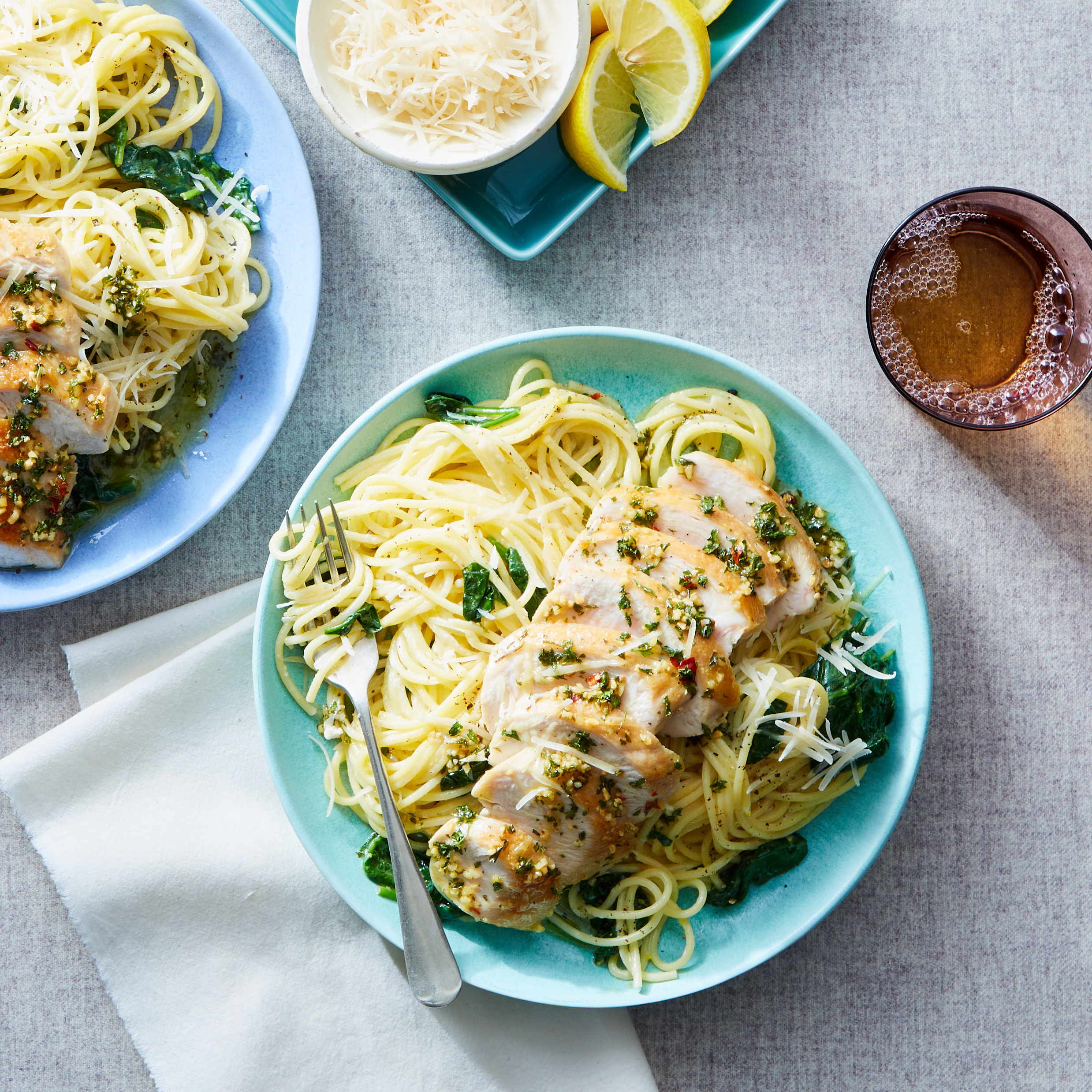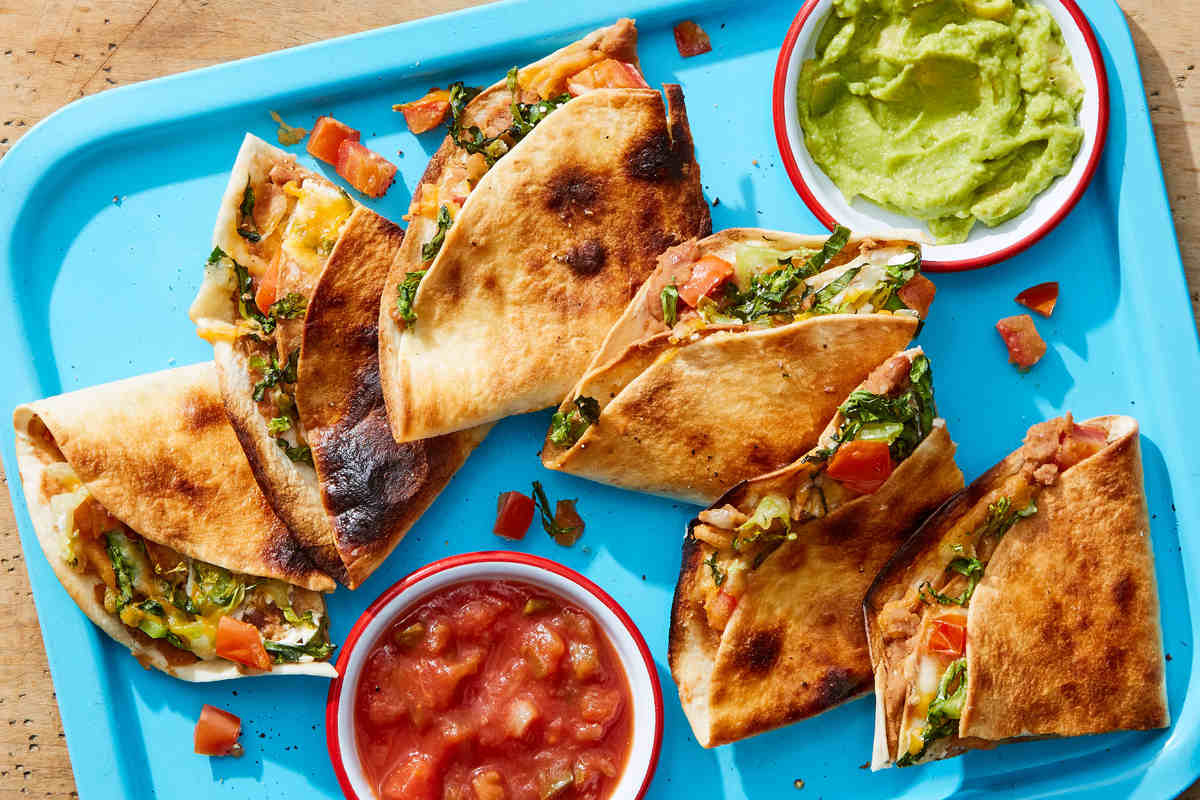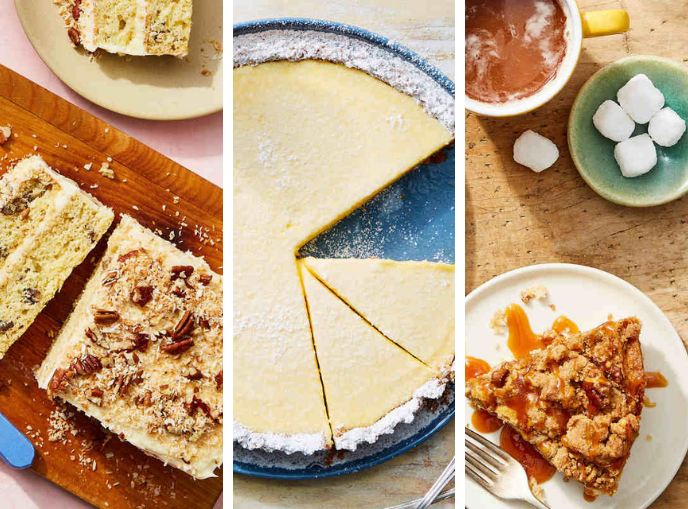In every great dish, from steaks and chops to salads and grilled veggies, sauces play a key role. If you’ve ever wondered how restaurants turn basic grilled chicken into a culinary masterpiece, the answer is likely in the sauce.
Here, we explain three sauce fundamentals—emulsifying vinaigrette, bechamel, and pan sauce—and share tips and tricks for incorporating them into your favorite meals.
HOW TO EMULSIFY VINAIGRETTE
It’s an age-old cooking quandary: How can I prevent my vinaigrette from separating and ensure a silky-smooth dressing when served? The answer is simpler than you might think.
At its most basic level, a vinaigrette is made from four things: flavorings, an emulsifier, oil, and vinegar. (The latter in a 3-to-1 ratio in order to maintain the vinaigrette’s body and ensure it’s neither too acidic nor too sour.)
However, the real secret sauce—pun intended—is the emulsifying ingredient, which acts as a kind of glue, balancing the oil and vinegar and keeping them together so that every bite of your salad has equal parts richness and acidity.
An aside for science-y folks. The reason the two separate is because vinegar is nearly 95 percent water, and as we all learned in middle school chemistry class, water and oil do not mix. A surfactant—something to attract and bind water and oil molecules—is needed, which is what an emulsifier is.
Among the most common emulsifiers are:
- egg yolks – will cause your dressing to foam up
- mayonnaise – great for a more neutral flavor
- dijon mustard – adds kick
- honey – balances acidity
Once you’ve chosen your emulsifier, building a balanced vinaigrette requires just three steps.
- Combine your emulsifier and your flavorings, typically minced garlic, herbs, and/or salt and pepper.
- Whisk your vinegar—whether red wine, balsamic, apple cider, or even citrus juices—into your emulsifier and flavorings. (You can also use a blender or food processor, depending on what type of sauce and how much you’re making.)
- Slowly add your oil while vigorously whisking your existing liquid for 2-3 minutes. Sesame, canola, and grape seed oils will yield a milder taste. Walnut oil and extra-virgin olive oil will be stronger. Be sure to follow the 3-to-1 oil-to-vinegar ratio.
Et voila! A fresh vinaigrette that won’t separate. You can use it immediately or refrigerate for up to five days.
HOW TO MAKE BÈCHAMEL SAUCE
Béchamel sauce is what’s known as a “mother sauce,” so named because as one of five essential sauces in French cooking, it provides the foundation for creating numerous other sauces. In its simplest form, béchamel is made with just three ingredients—butter, flour, and milk—plus a dash of seasoning.
Four steps are required for a basic béchamel sauce.
- Melt butter in a saucepan then stir in flour and cook the mixture for just under a minute. This is your roux. Be careful not to cook it for too long, which can impede the flour’s ability to thicken. The common ratio is 1½ tablespoons butter and ½ tablespoon flour per cup of milk.
- Slowly stir in milk in batches. (Stir vigorously to avoid lumps.)
- Continue stirring as you bring the mixture to a boil. (It will become thick and glossy.)
- Boil for a couple of minutes and remove from heat. Add additional ingredients—cheese is the most popular—to make different béchamel variations.
HOW TO MAKE PAN SAUCE
For an uber quick, uber simple sauce, look no further than your basic pan sauce, which can be made in the time it takes your protein to rest. Pan sauce ensures that none of the crunchy, caramelized bits of rendered fat and pan drippings from your seared meat is wasted, and it makes that same meat even more flavorful.
Making pan sauce is easy as 1-2-3 (and a fast 4-5-6).
- Clear—don’t clean—your pan after removing your protein. Leave 1 tablespoon leftover cooking oil or rendered fat in the pan, and pour off the rest.
- Sauté aromatics—think shallots, onion, garlic, and/or chives—in the oil and fat that remains in your pan.
- Deglaze pan by adding wine or vinegar. Any acidic liquid will do, including citrus juices.
- Simmer roughly three minutes to reduce the sauce by half, scraping up any crispy browned bits from the bottom of the pan as you go.
- Add stock to your pan and reduce the liquid until it bubbles at the surface and there is about ½ cup liquid remaining. (Your sauce should be thick enough to coat the back of a spoon. If your liquid reduces too much or your sauce is too thick, add a touch more stock to thin.)
- Reduce heat to low and stir in butter, whisking to melt. Salt and pepper to taste.
Drizzle pan sauce over steaks, pork chops, chicken, and other proteins, as well as seared veggies, tofu, and any other pan-cooked foods… and enjoy!
Photo credit: Victor Monthay
